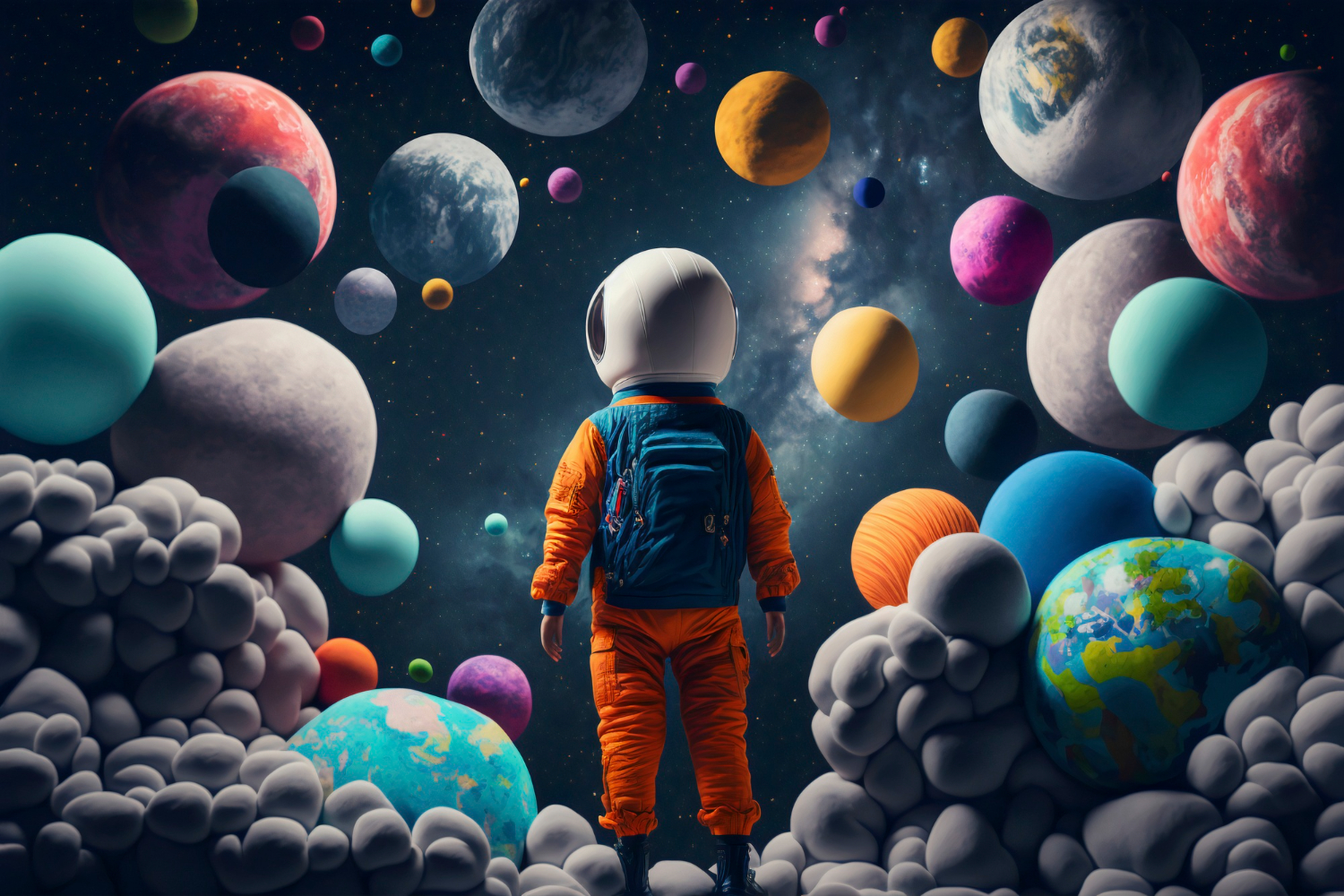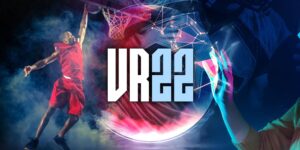NASA got involved in developing virtual reality (VR) technology because it was just an idea. It’s more than just fun for the space agency, it helps tackle problems like being able to solve the problem of farsight when viewing images from Mars, and now it also helps with problems with big data being sent back from Mars (Martian surface).
NASA and JPL teams sometimes faced the challenge of making the right decisions when reviewing images the rover had sent back to Mars. This is because they are trying to calculate the distance between distant objects on a flat image. To overcome this problem, NASA created a virtual world that allows scientists to view the landscape through a VR headset. Now scientists are developing a method to enable scientists to do the same, using data returned by rover vehicles.
“Looking at pictures on a screen is a much different experience to walking through a canyon,” explained Scott Davidoff, manager of the Human Centered Design Group at JPL.
This led Davidoff to begin innovating a new way to view the data being sent back from the Curiosity rover using VR. Others had tinkered with ways of overcoming the issue, like using 3D imagery viewable with red and blue filtered glasses, but none of them seemed to give the scientists the feeling of actually being on Mars alongside the rover. So, Davidoff and his colleagues “decided to wrap the panorama around the scientist in a virtual environment,” according to NASA.
NASA notes that this is how geologists use VR to create atmospheric interventions in the Martian environment. The fact that geologists can determine information such as distances and dimensions better than using a flat-screen inspired Davidoff and his team to start thinking in line for those trying to complex “multidimensional” computation data.
“When you look at a network diagram as a system in 3D,” Davidoff began explaining, “it turns out your perception does something different. We made a data world where an analyst could look at any science or engineering problem and see patterns and correlations more clearly than they can in a flat version.”
Fortunately, Davidoff and his team were considering creating a world of virtual reality data, while Caltech’s Ciro Donalek and George Djorgovski were also working on making sense of the vision and collaborating on research papers. This led the trio to team up to develop software that uses 3D visualization to analyze relationships between data points. To further develop the software, the team used additional resources, such as artificial intelligence, to indicate patterns and relationships in the visual data.
“We call it intelligent exploration,” remarked Donalek. “You’re using AI and 3D visualizations to quickly identify drivers and relationships in your data, and drive understanding in ways 2D graphs aren’t capable of.” He continued, “You can start getting insights from your data right away because it’s literally drag and drop.”
The software developed by the team works on both desktop and VR and is compatible with many VR headsets. NASA explained that the platform could be used wherever more information is needed but is often found in areas such as banking, retail, and medical research. It enables the visualization of large “data aggregation” data, such as spreadsheets, without moving the data from where they are located.
The space agency has a long history of sharing its research with the private sector. This means that new technologies can take the science from Mars space and the Wall Street stock market, etc., allowing it to be used for analysis.
NASA says its “visualization efforts have led to a whole new dimension of research.”
Follow us on LinkedIn
Read other Articles




